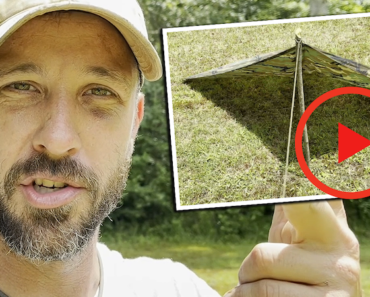In this video David Holladay explores ways to improvise a cutting edge if and when you’re separated from your cutting tool.
One of the most long standing ways humans have made a cutting edge is by modifying rocks and stones. From simply throwing rocks from a high ledge and using the broken pieces, to very exacting methods, he walks us through the history and development of stone tools.
David explains the different types of percussions that humans have historically used to develop everything from arrowheads to hand axes. Until the introduction of metal working, breaking a stone and shaping it by rubbing it on another stone, or modify the edge with follow up strikes, were the only ways to get a blade.
Haphazard, bi-polar, handheld, anvil, and indirect percussion are all specific methods that can be used to produce stone tools. These happened as evolutions of the methods, and each provides more control than the method before it.
Once you have a stone tool you can harvest materials for a shelter, process food, scavenge materials from other finds, and so much more. As David points out, we’re the only animals that make a tool, to make a tool, to make a tool.
If you haven’t tried to improvise a cutting tool we highly suggest you do so. It will not only help you to appreciate your modern steel blades, but it will give you a new found respect for our ancestors, and what they went through to survive.
Disclaimer: This video content is for informational purposes only. Although the author and publisher have made every effort to ensure that the information is correct, the author and publisher do not assume and hereby disclaim any liability to any party for any loss, damage, or disruption caused by errors or omissions, whether such errors or omissions result from negligence, accident, or any other cause. The publisher and the author make no guarantees concerning the level of success you may experience by following the advice contained in this video.



























